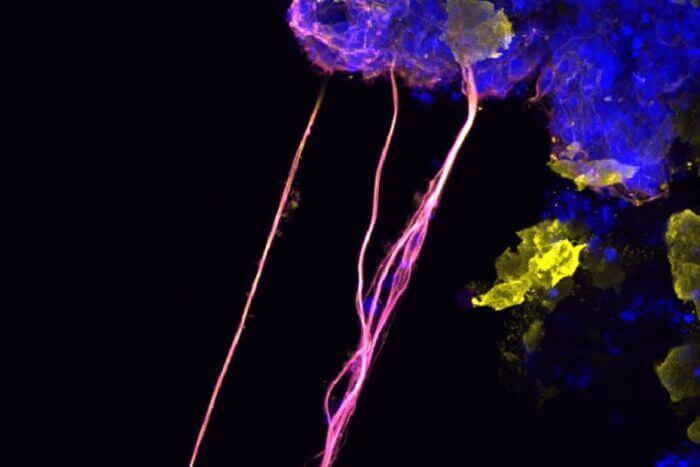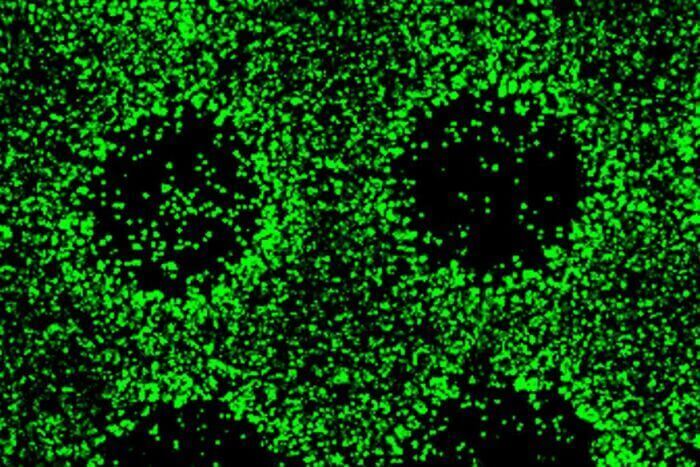Australian scientists are using a special bio-ink made from stem cells to 3D print patient-specific brain tissue.
3D printing technology provides many advantages to the medical sector, but few are as intriguing as bioprinting. Scientists across the world are working with stem cells to produce human ears, ovaries, and many other breakthrough concoctions.
Now, a team of Australian researchers are using a special bio-ink made from stem cells to print nerve cells that are found in the brain. While the research itself showcases early stages of brain tissue reproduction, the potential of these findings are seemingly endless.

Taking 3D Bioprinting to the Next Level
The bio-ink is made of human induced pluripotent stem cells (iPSC). Much like embryonic cells, iPSC can turn into any cell in the body, and could possibly replace body tissues and entire organs. According to Jeremy Crook, who headed the research team, the ability to produce patient-specific brain tissue equals a better chance of successful transplantation.
This research brings bioprinting tech one step closer to being able to produce brain tissue that could help treat a variety of conditions, including brain injury, Parkinson’s disease, epilepsy, and schizophrenia.
The researchers hope that their bioprinting endeavors can someday help correct chemical imbalances in the brain. Many neuropsychiatric conditions stem from an imbalance of neurotransmitters, critical chemicals that are produced by nerve cells in the brain. The research team used its bioprinting method to create neurones specifically tasked with producing GABA and serotonin, proving its viability in fixing certain disorders.
Although the research implies that 3D printing whole organs may be possible in the near future, the team is more intrigued by the idea of bioprinting a functional brain. However, this would be a much more complicated task, especially since the bioprinted tissue is uniform, while the brain is made up of different regions.
Outside of providing patient-specific brain tissue transplants, the team also sees value in their findings for extensive medical research. For instance, tissue that is taken from someone with epilepsy or schizophrenia could help researchers study more unique iterations of the condition. Additionally, the bioprinted tissue can also help test the effectiveness of drugs or electrical stimulation treatments.

Source: ABC News
License: The text of "Scientists Are Bioprinting Brain-Like Tissue From Stem Cells" by All3DP is licensed under a Creative Commons Attribution 4.0 International License.